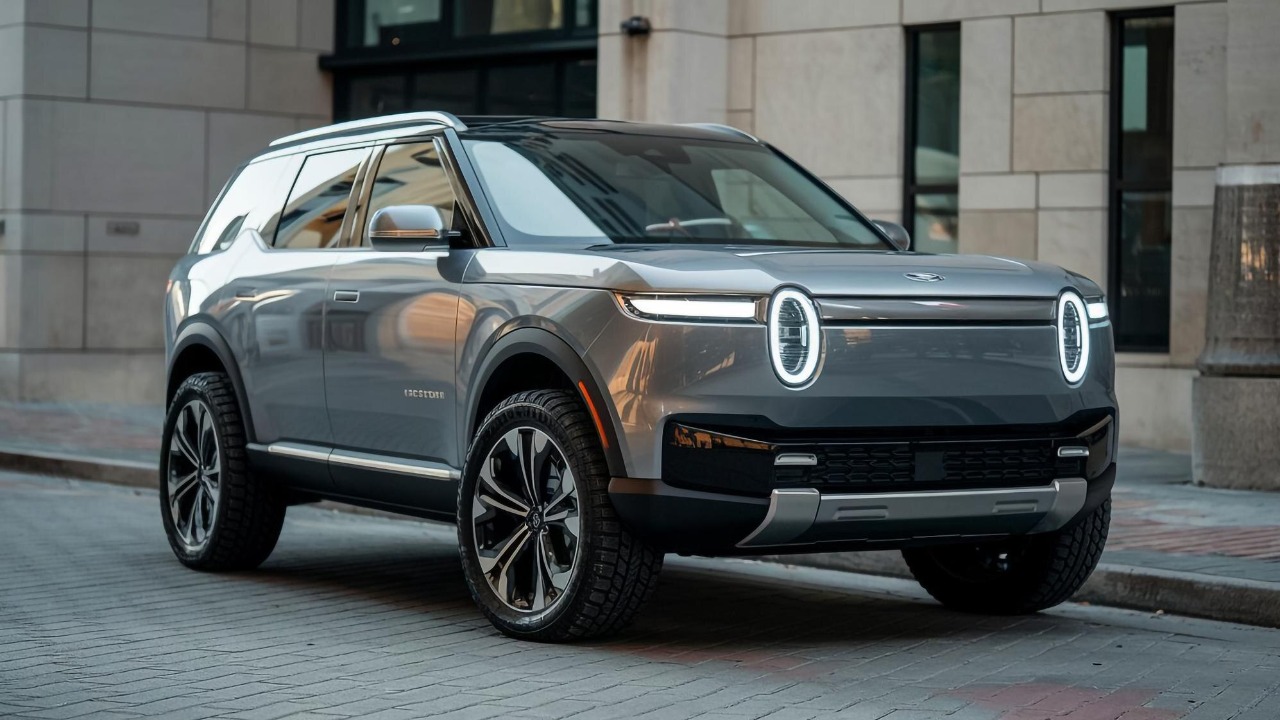
Rivian has quietly postponed the launch of its anticipated Kick Turn function, initially slated for the R1T and R1S electric vehicles. This delay is part of a broader postponement affecting software updates, including the RAD Tuner. The Kick Turn feature, which was unveiled on July 8, 2025, is designed to enhance off-road maneuverability by building on the original Tank Turn concept. The delay, reported on October 17, 2025, impacts the quad-motor variants of these models, with no new timeline provided for the rollout.
Background on Kick Turn
The Kick Turn is Rivian’s innovative maneuverability feature aimed at improving the handling of their electric vehicles in tight off-road conditions. This feature is an evolution of the Tank Turn, which allowed vehicles to pivot 360 degrees by braking the wheels on one side while driving the others. The Kick Turn refines this concept by selectively applying torque to individual wheels, enabling the vehicle to pivot without requiring a full reversal. This enhancement is particularly useful for navigating challenging terrains where space is limited.
Unveiled on July 8, 2025, the Kick Turn was part of Rivian’s broader software enhancements aimed at improving the real-world utility of their vehicles. By allowing the R1T and R1S to perform tight turns more efficiently, Rivian hopes to offer drivers a more versatile off-road experience. This feature is particularly significant for adventure enthusiasts who require precise control in rugged environments. The introduction of Kick Turn underscores Rivian’s commitment to pushing the boundaries of electric vehicle capabilities.
The Delay in Launch
Rivian’s decision to delay the rollout of the Kick Turn feature was quietly announced on October 17, 2025. This postponement also affects the RAD Tuner software feature, which was intended to enhance the driving experience of the R1T and R1S models. The delay specifically targets the quad-motor configurations of these vehicles, leaving owners without a clear timeline for when they can expect these updates. This has led to some disappointment among Rivian’s customer base, who were eagerly anticipating the enhanced off-road capabilities promised by these features.
The delay of the Kick Turn and RAD Tuner features reflects the challenges automakers face in integrating complex software updates into their vehicles. While Rivian has not provided a specific reason for the delay, it highlights the intricacies involved in developing and deploying advanced vehicle technologies. The lack of a new launch date adds to the uncertainty, leaving customers and industry observers speculating about the potential impact on Rivian’s market position and customer satisfaction.
Comparison to Tank Turn
The original Tank Turn feature allowed Rivian vehicles to perform 360-degree pivots by braking the wheels on one side while driving the others, effectively enabling the vehicle to spin in place. This feature was a novel addition to Rivian’s lineup, showcasing the company’s innovative approach to vehicle maneuverability. However, the Tank Turn was primarily a demonstration of capability rather than a practical tool for everyday use.
In contrast, the Kick Turn offers significant enhancements that make it more practical for real-world off-road scenarios. By allowing the vehicle to pivot without a full reversal, the Kick Turn reduces wear on the tires and improves control during maneuvers. This refinement makes the feature more useful for drivers who frequently navigate tight trails and rugged landscapes. The Kick Turn’s ability to provide precise control and reduce vehicle stress during maneuvers represents a significant advancement over the original Tank Turn concept.
Implications for Rivian Vehicles
The delay in launching the Kick Turn feature has implications for R1T and R1S owners who were expecting advanced off-road capabilities in their quad-motor trucks. This setback may affect customer satisfaction, particularly among those who purchased these vehicles with the expectation of utilizing the new feature. The delay also impacts the broader software ecosystem, as the RAD Tuner feature, which was tied to the same update, remains unavailable. This interconnected delay highlights the challenges of synchronizing software updates across multiple vehicle systems.
For Rivian, the delay represents a missed opportunity to further differentiate its vehicles in the competitive electric vehicle market. The anticipation built from the July 8, 2025, feature reveal has now been tempered by the October 17, 2025, setback. As Rivian navigates these challenges, the company must balance the need to deliver cutting-edge features with the realities of software development and deployment. The outcome of this delay will likely influence Rivian’s future strategies and its ability to meet customer expectations in a rapidly evolving automotive landscape.
For more details on the delay, visit The Drive. To understand the technical aspects of the Kick Turn, see MotorTrend.